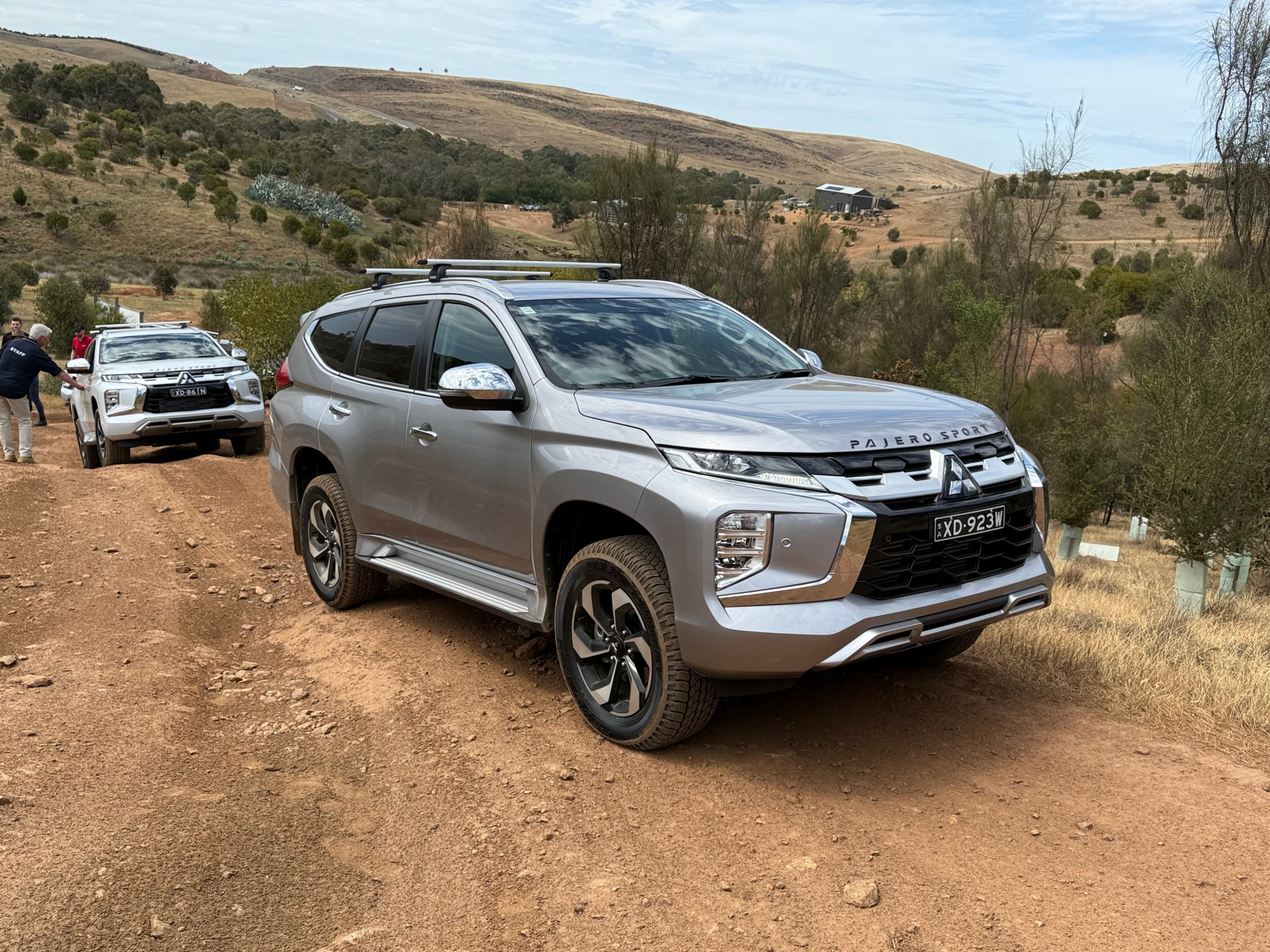
With four-wheel drive vehicles consistently occupying the top of sales charts, and with plenty of those owners taking them to all corners of the map, off-road driving is now an incredibly valuable skill for anyone wanting to work in the automotive media landscape in Australia.
A great way to get started is by signing up to a driver training course. In my case, I was fortunate enough to receive advice from a professional instructor at the Adelaide Hills 4WD Park at the launch of the updated 2024 Mitsubishi Pajero Sport - prior to this event, I did not have any experience driving off-road.
Throughout this experience, the team provided simple off-road tips and techniques, as well as a better understanding of the mechanical aspects of a four-wheel drive system.
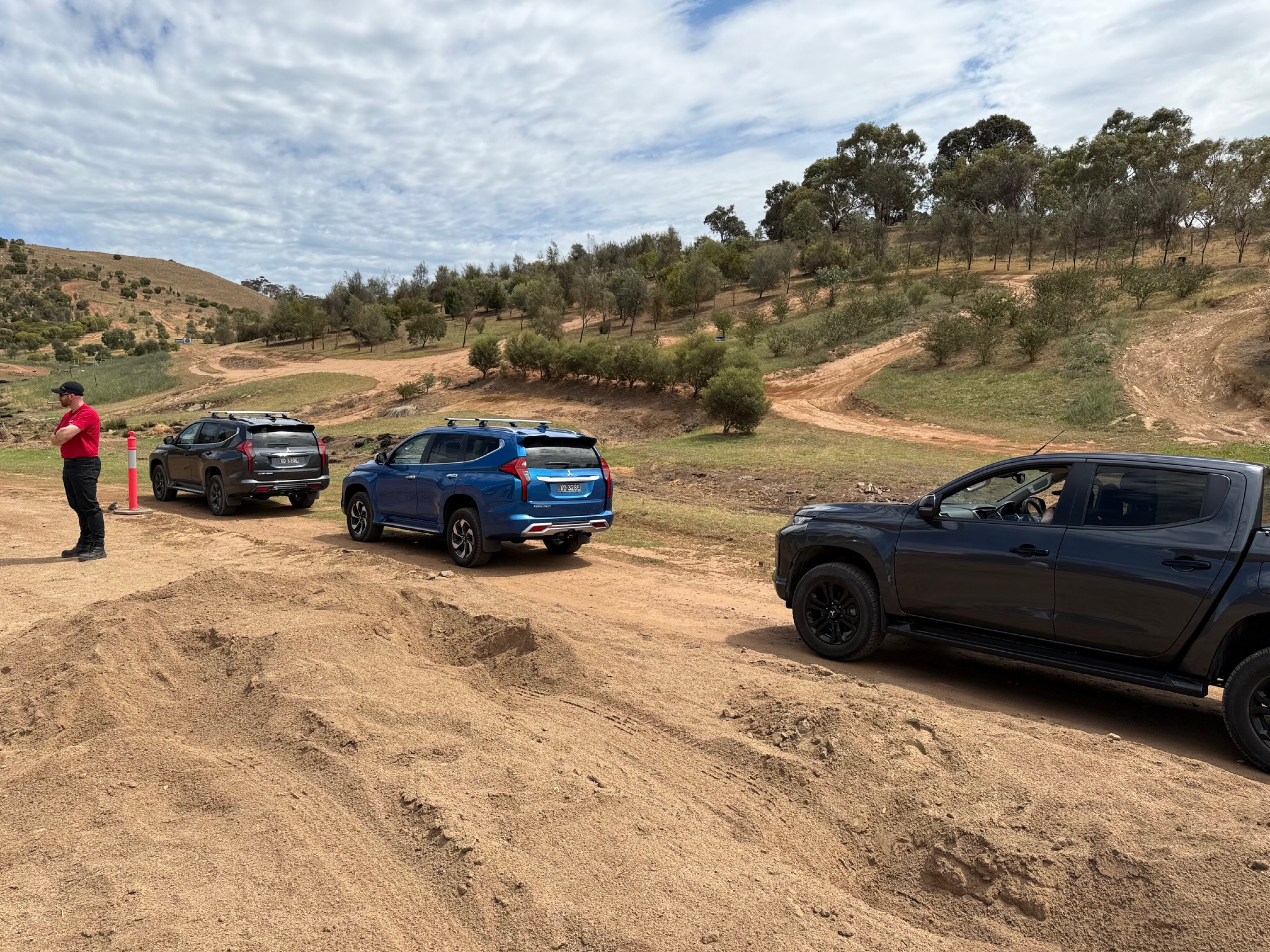
JUMP AHEAD
- Step 1: Are you in the right car?
- Step 2: Understanding the mechanical aspects of a vehicle with 4WD
- Step 3: Be prepared
- Step 4: Pre-departure checks
- Step 5: Light off-roading tips
Step 1: Are you in the right car?
Both four-wheel-drive and all-wheel-drive vehicles will be competent on most unsealed dirt roads, but for rugged terrain, deep mud and steep inclines, a 4WD system is required as it will send power to all wheels, providing more grip and control.
You should also consider a vehicle with a ladder-frame chassis (body-on-frame construction) because the structure of this setup will be stronger and more resistant. This will give the car the ability to flex and provide better ground clearance, making it ideal for off-road use.
Here is a shortlist of new vehicles we recommend that will be very capable for this purpose:
- Ford Ranger
- Ford Everest
- Isuzu MU-X
- Land Rover Defender
- Toyota Fortuner
- Toyota HiLux
- Toyota LandCruiser 70 Series
- Toyota LandCruiser 300 Series
- Nissan Patrol
- Mitsubishi Pajero Sport
- Suzuki Jimny
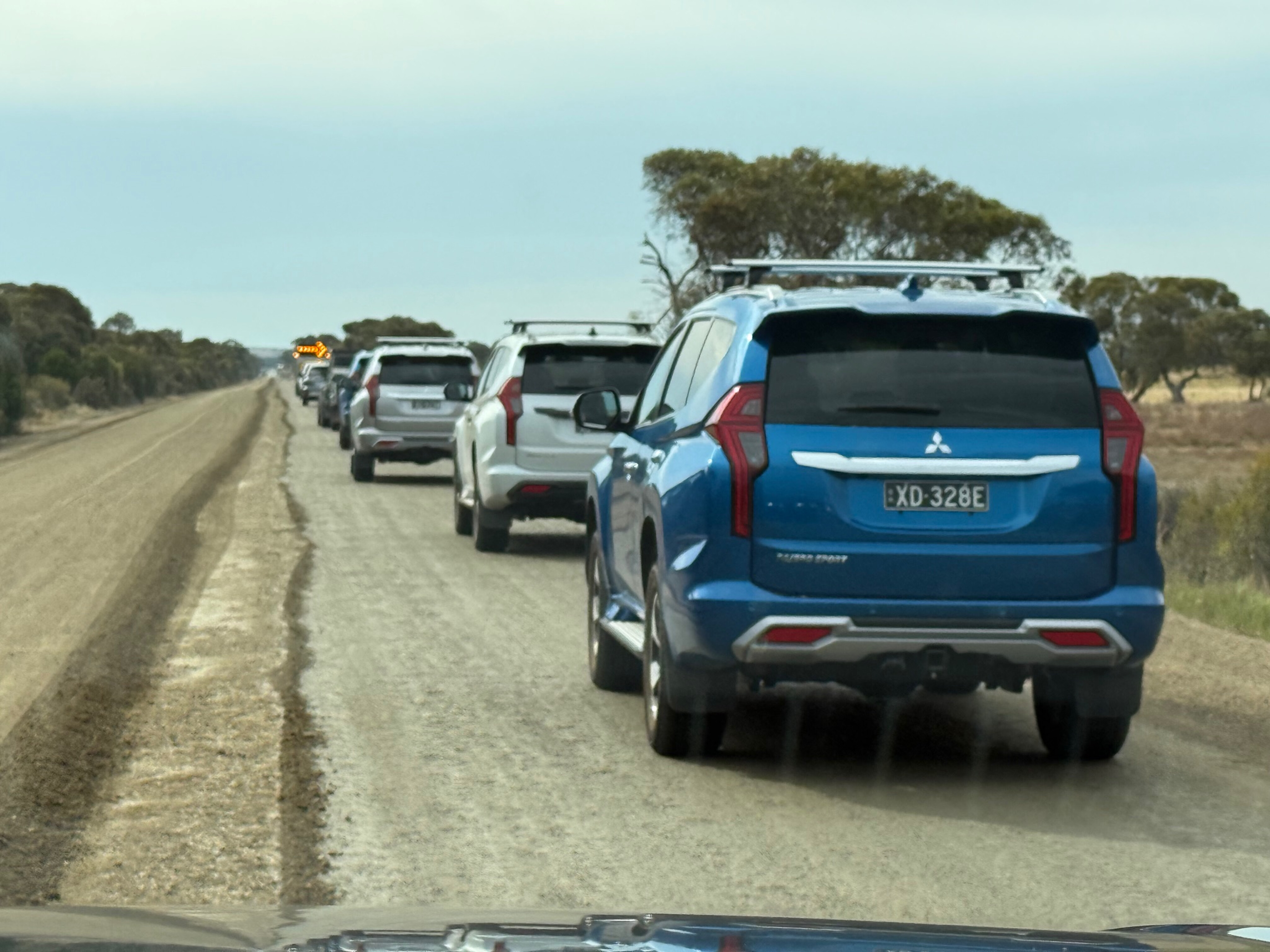
Step 2: Understanding the mechanical aspects
What is the difference between AWD and 4WD?
All-wheel drive sends power to all four wheels and, on most cars, is permanently engaged. This set-up is great for wet roads and occasional dirt-road driving, and you’ll find a system like this on vehicles such as the Subaru Forester and Toyota RAV4.
A 4WD setup is primarily set in a rear-wheel drive by default with a selectable transfer box that can engage the front axle and the transfer case, then send power to both the front and rear axles and to all four wheels.
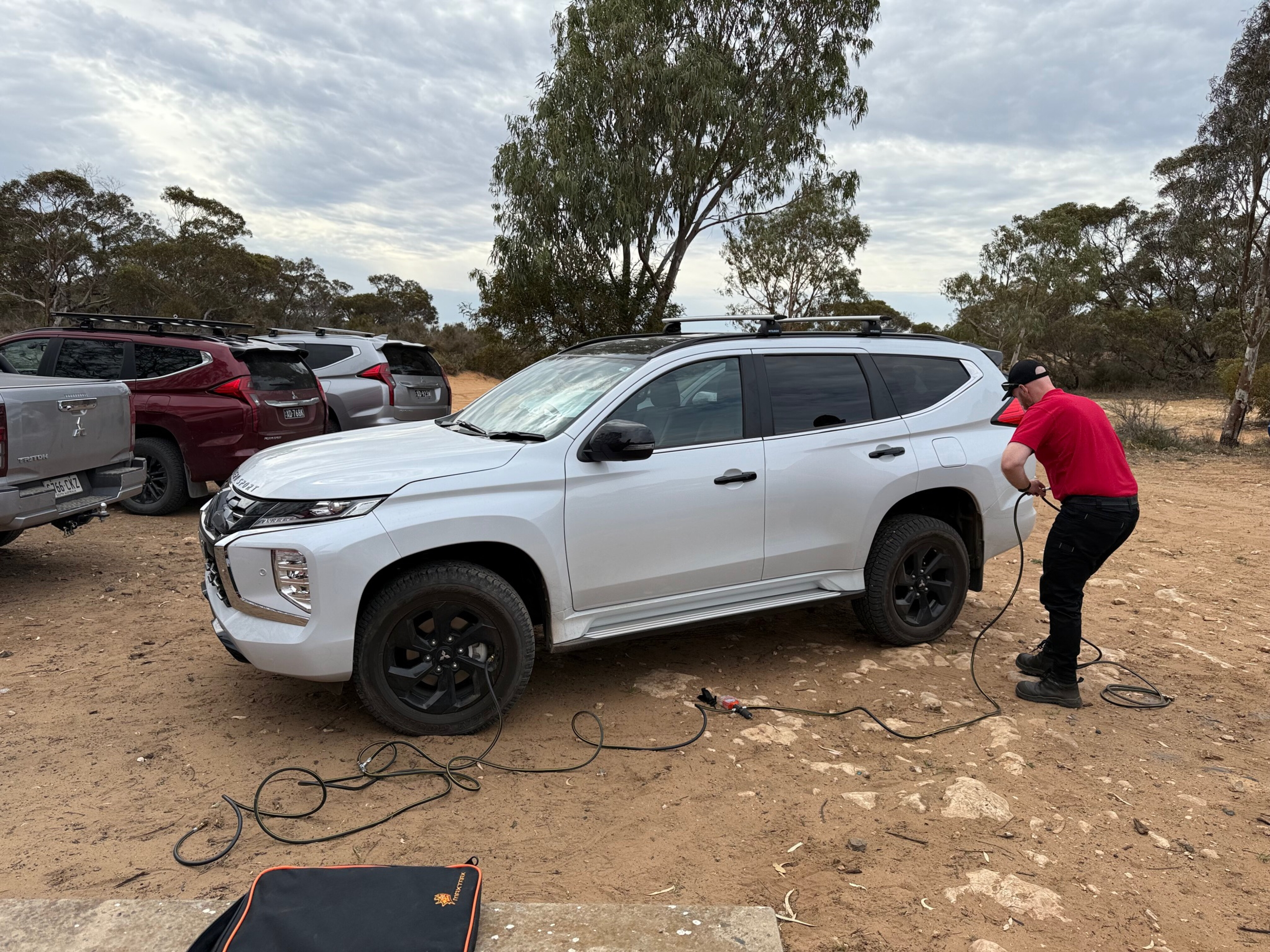
| Selectable four-wheel drive modes (4WD) | |
|---|---|
| 2WD High Range (2WD-H) | This is generally used for bitumen roads and drives only the rear wheels |
| 4WD High Range (4WD-H) | All wheels are driven via the transfer case with an open centre differential, improving grip and control when the terrain gets loose. This will provide more traction during wet conditions and mild off-roading |
| 4WD Low Range (4WD-L) | This function provides maximum grip for low-speed control. You should engage this setting for sand, deep snow, rocky terrain, or going up a steep slope |
It is also worth pointing out that If the configuration takes time to engage, slowly move forwards or backwards.
Additional off-road functions
Differential lock
A diff lock allows all the wheels to spin at the same speed instead of a wheel spinning free on the axle, regardless of traction. As a result, this will help forward momentum and prevent wheelspin.
Off-Road drive modes
Most modern four-wheel drive vehicles are equipped with selectable off-road specific modes, where you can select a certain mode with a dial to automatically set the system up for you: Dirt, Sand, Rock, etc.
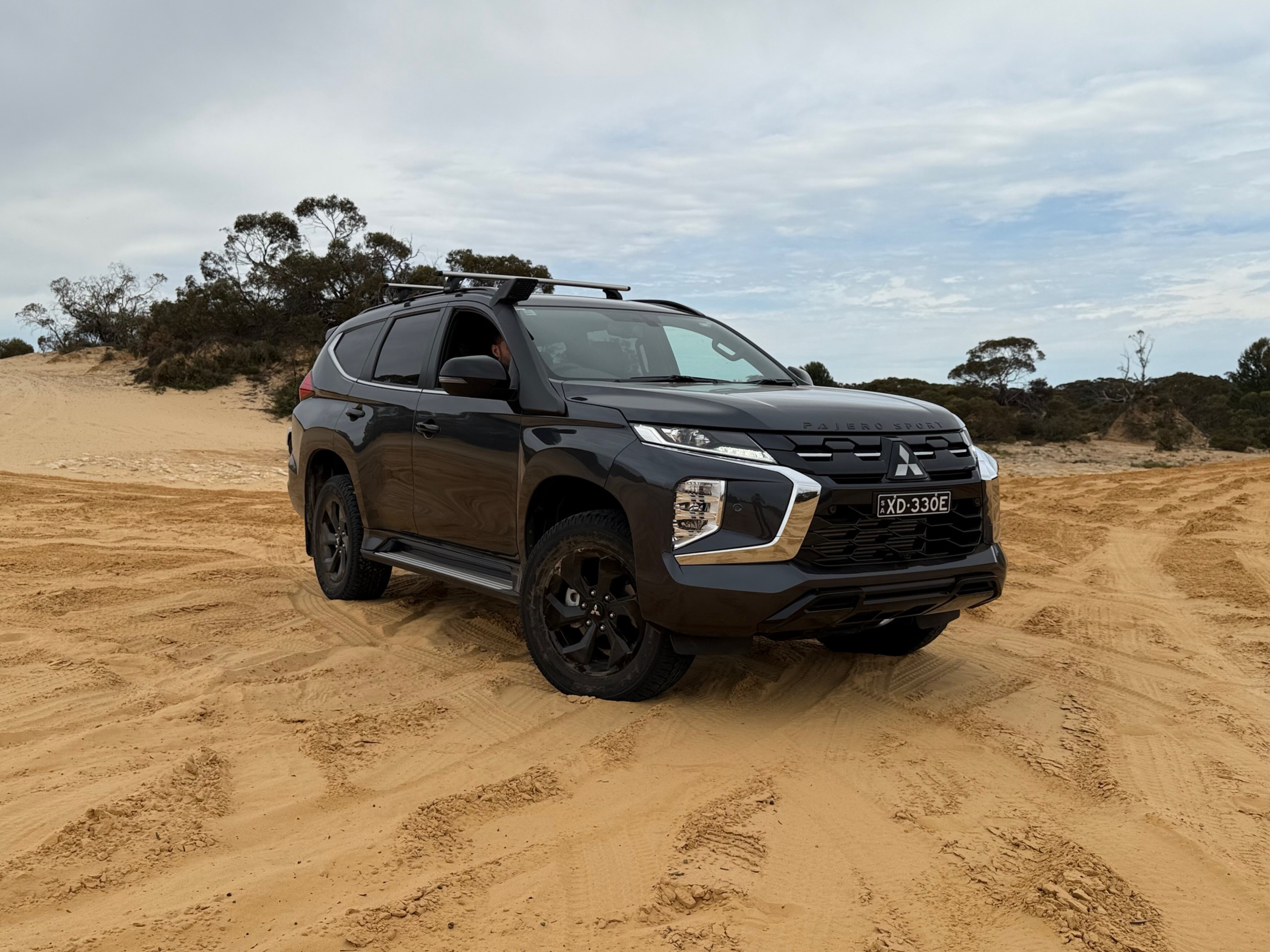
Hill descent control
Descent control automatically applies the brakes on individual wheels, allowing the vehicle to maintain an adjustable set speed. This also eliminates the risk of locking up your brakes and losing steering control.
Paddle shifters
By cycling through gears manually you will gain more control over engine speed, allowing you to move along at a steady pace on an unsealed surface.
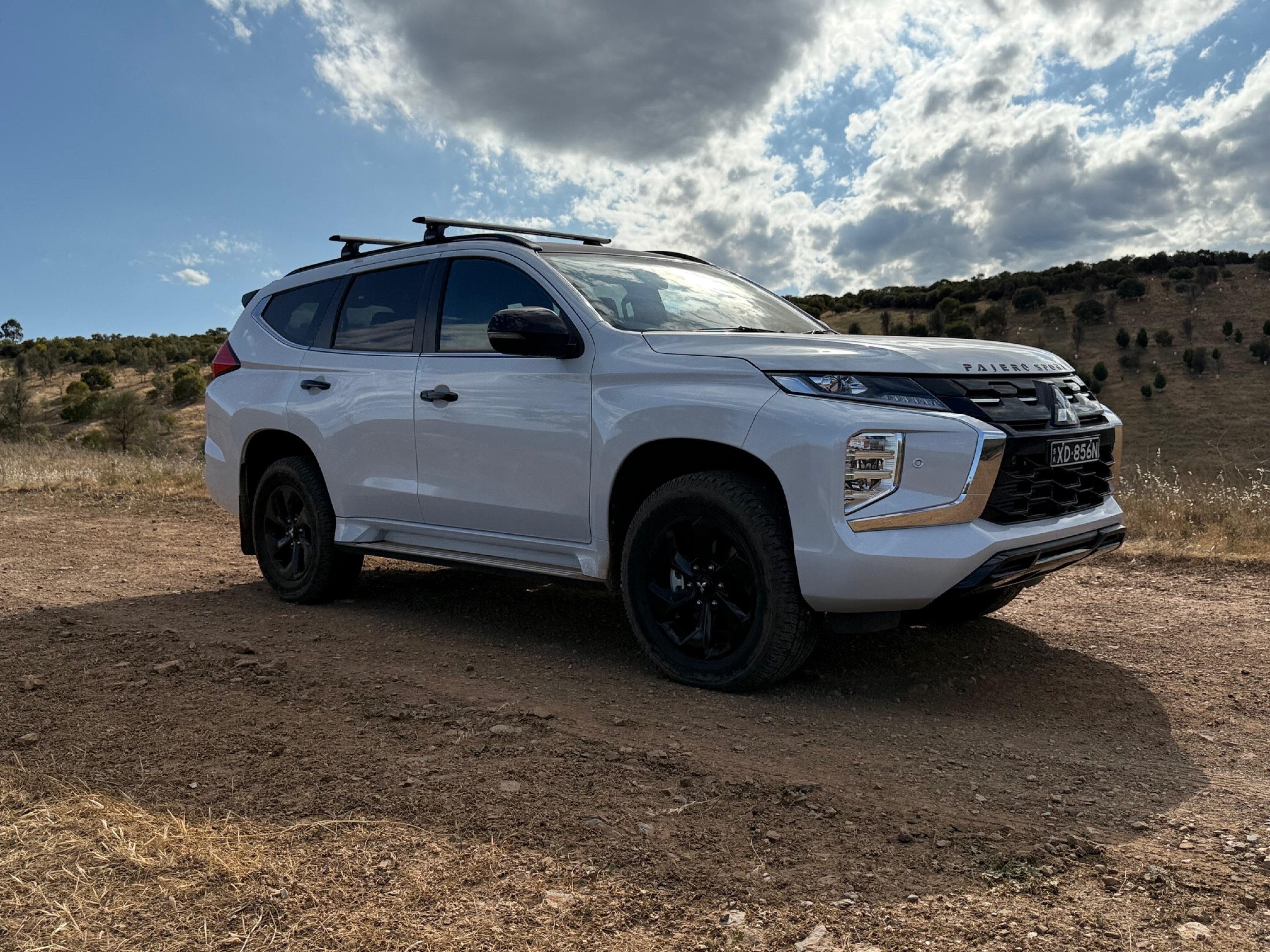
Step 3: Be prepared
A great idea for a beginner is to travel in a convoy with other vehicles, or at the very least with a passenger. There is also the possibility you might get bogged or encounter mechanical or equipment failure and need a tow. So bring recovery equipment, ensure you have a full-size tyre, and go with somebody experienced, especially for the first time.
Have you checked your tyres? Most regular vehicles are fitted with highway-terrain (H/T) tyres, which are next to useless when off-road, so make sure your car is fitted with appropriate tyres. A set of all-terrains (A/T) are good on-road and capable of driving over sand, light snow, rocks and uneven terrain.
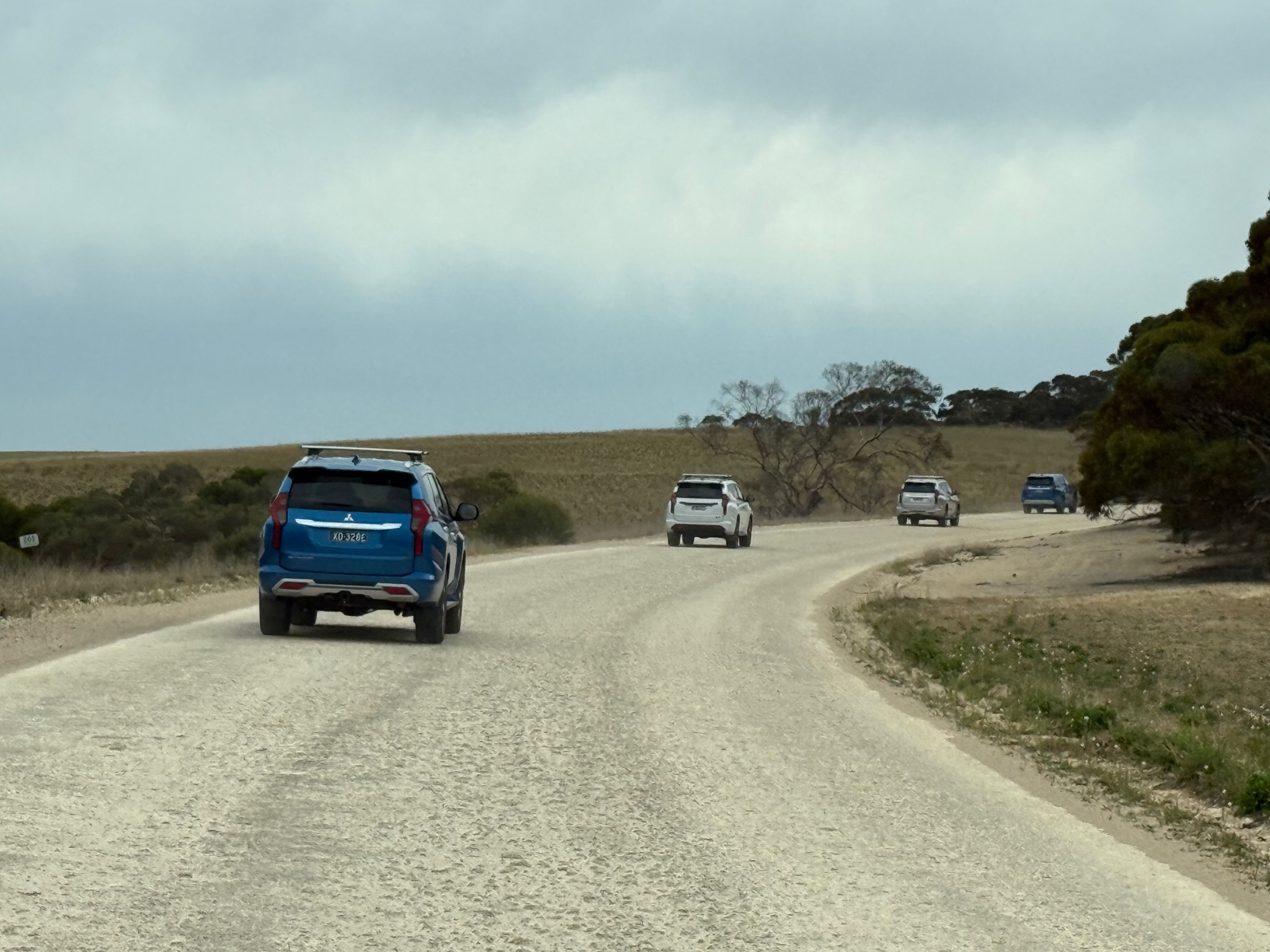
Also consider underbody protection. While most manufacturers include their own versions, a trip to an aftermarket shop is advisable to prevent serious damage to vital components.
Don't forget this equipment:
- All-terrain tyres
- Underbody protection
- Recovery equipment
- Additional fuel
- Basic first-aid kit
- Water and food
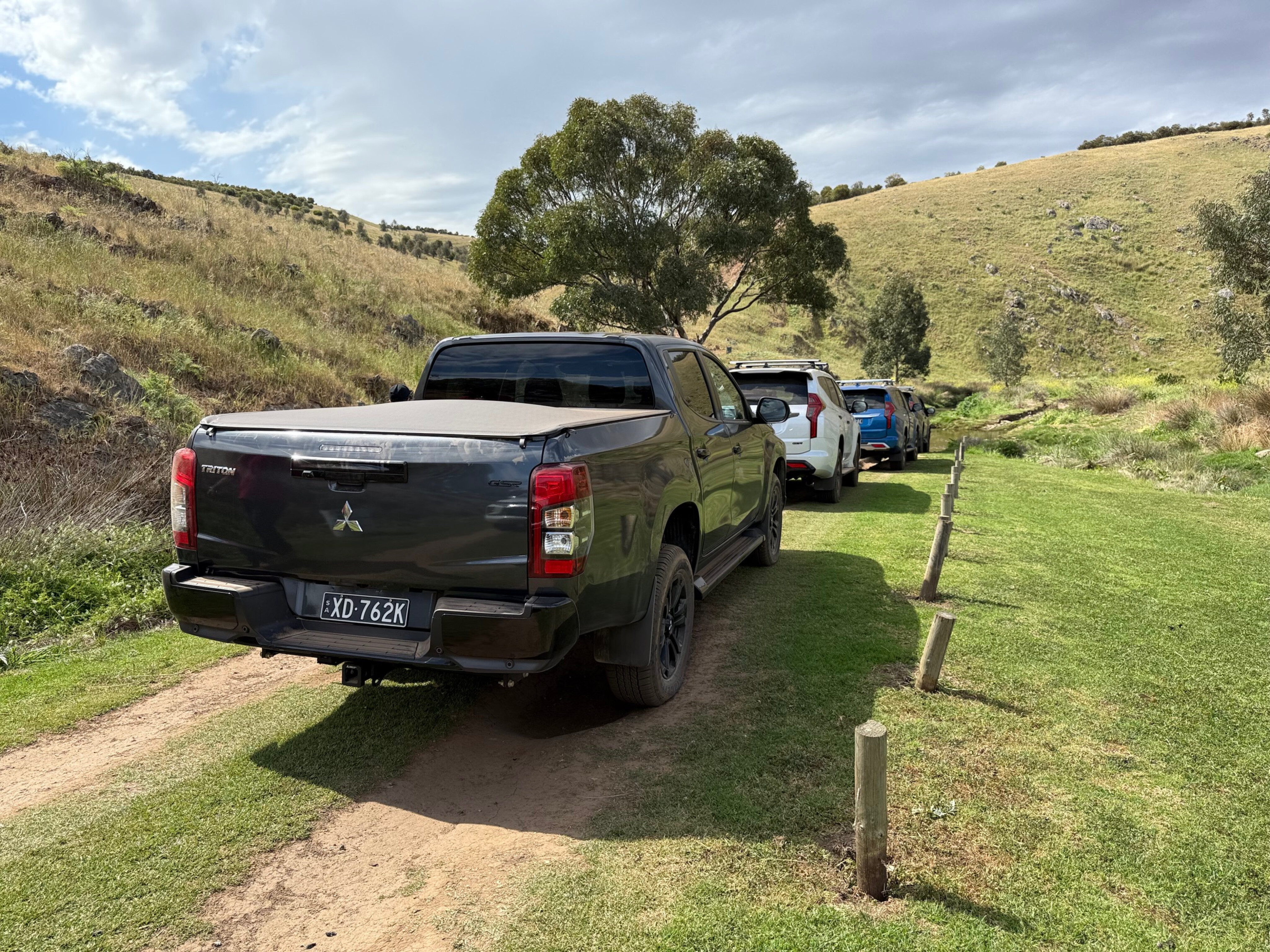
Step 4: Pre-departure checks
Tyre pressures
For the correct pressure, it is best to consult with the vehicle manual for the factory setting. However, our off-road instructors advised that, as a general rule, you should lower tyre pressures by around 16psi for sand and mud. For more rugged terrain such as rocks or sharp objects, 24psi is a good level to sit at to prevent punctures and maintain a level of grip.
Mechanical integrity
Ensure vehicle service intervals are up-to-date or at least maintained. Plus, check tyre condition, engine fluids and keep an eye open for anything out of the ordinary, especially if the car is older than three to five years.
Seating position
Our instructors advised us to put our left foot on the footwell rest, both shoulders on the backrest of the seat, and hands at nine and three on the steering wheel. To ensure you’re maintaining a level of control, you can place your right arm on the top of the steering wheel without leaning forward.

Step 5: Light off-roading tips
Keep the bonnet level when moving
Doing this means the wheels will remain on the ground, making it less likely to lose grip and preventing a potential rollover risk.
Before you attempt to drive over or through something, have you set up the car correctly?
Whether you’re about to climb a tall mountain or drive through a deep water crossing, understanding what off-road setting to engage is crucial. So, before you tackle any challenge, set up the vehicle for the correct scenario. Go back to Step 2 to better understand what to use to prevent getting stuck.
Maintain a safe and steady pace
When driving on an unsealed road or a wet surface, the vehicle’s ability to brake, steer and accelerate is reduced, which means there is a greater probability you will be going too fast to adjust to unexpected bumps, rocks or potholes coming your way.

COMMENTS